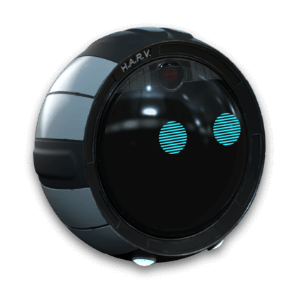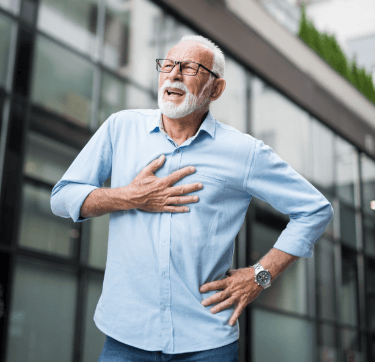
什么是中风?
当为大脑输送氧气和营养的血管破裂或被血凝块阻塞,就会发生中风。1
这会导致部分大脑的血液供应中断。这会损害或破坏脑细胞,从而影响身体机能。1
中风是一种医疗紧急情况。因此,识别其症状并立即接受治疗是至关重要的。
中风时必须立即行动 F.A.S.T. 3
一项简单的测试可以帮您辨别某人是否曾经中风过。
他可以笑吗?他的嘴巴或眼睛是否出现下垂?
他可以举起双手臂吗?
他说话口齿清楚并能听懂你说的话吗?
如果您发现以上任何迹象,请立即拨打 999呼叫救护车。
每分每秒都非常关键,所以必须立即行动 F.A.S.T. 呼叫救护车以马上将患者直接送去急诊室,可以为患者带来重大不同的结果。
为中风患者进行急救不但可以救他一命,也能大幅度的降低,他因中风所导致的伤残不便

中风症状包括:4,5
大脑的右半部分控制身体的左侧,反之亦然。例如,左臂瘫痪可能是由右脑中风引起的。6
对于大多数人来说,左脑控制语言。7,8 右脑控制感知技能和空间技能。8

中风分为主要两种类型。9
超过 80% 的中风是由向大脑供血的动脉阻塞引起的。这被称为缺血性中风。9,10 它是由以下原因引起的:
在通往大脑的主要血管(动脉)中形成的血凝块。这被称为脑血栓形成。在动脉粥样硬化(动脉硬化)的情况下已经变窄的动脉中形成血凝块。10,11
动脉粥样硬化导致脂肪物质沿着动脉内壁堆积,使它们变窄,流经它们的血液更容易凝结。10,11
动脉粥样硬化的生活方式风险因素包括胆固醇异常、吸烟、高血压、糖尿病、肥胖和缺乏运动。11
可能在身体其他部位形成的部分血凝块,通过血流进入大脑并滞留在动脉中。这是栓塞性中风。12
发生在大脑深处的微小血管中的阻塞。这是腔隙性中风。13
高达 20% 的中风案例是由血管破裂导致脑部出血引起的。这被称为出血性中风,具有高发病率及高死亡率。15